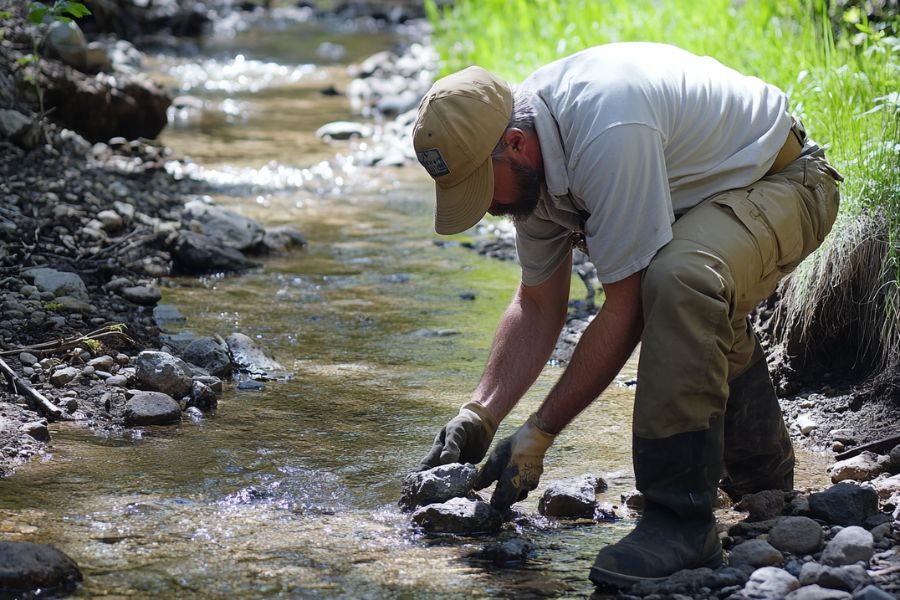From the Atlantic Ocean to Pennsylvania, Connecticut to Vermont, and Canada to New Jersey, New York offers a treasure trove for gem enthusiasts.
Tourmaline, with its vibrant colors and diverse varieties, is a prized find for collectors and hobbyists alike. But searching for these gems can be frustrating and time-consuming.
Where should you look? Which areas yield the best results? Don’t worry – we’ve done the legwork for you.
We’ve compiled the top locations for finding tourmaline in New York. Our carefully researched list will save you time and energy, ensuring you’re exploring the most promising spots. Let’s dig into it!
How Tourmaline Forms Here
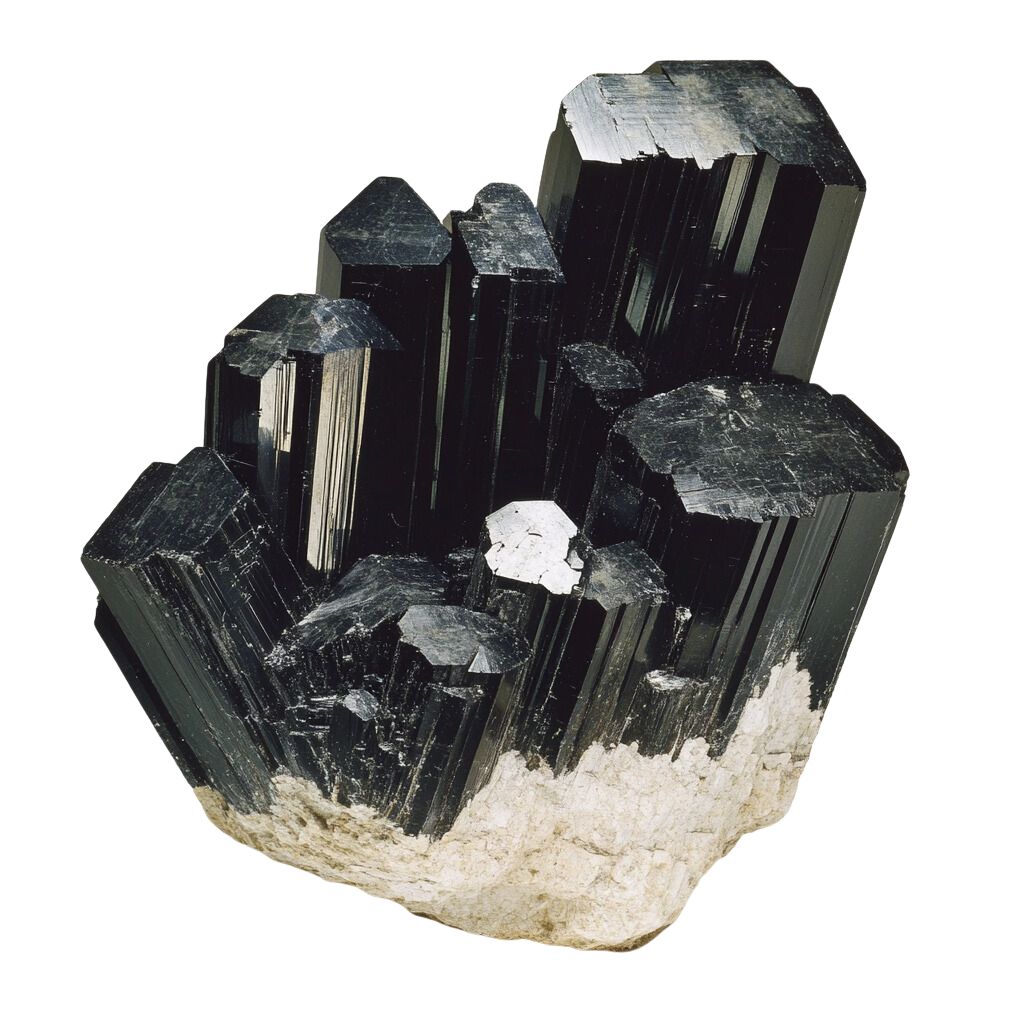
Tourmaline forms deep underground through intense heat and pressure. It originates from hot, mineral-rich fluids that move through fractures in rocks like granite and pegmatite. As these fluids cool, the minerals within them start to crystallize, forming tourmaline.
The color of tourmaline depends on the specific minerals involved, leading to a wide range of hues including pink, red, green, and blue.
Over millions of years, these crystals grow and become the beautiful, multifaceted stones we see today. Tourmaline is prized for its variety of colors and is often used in jewelry and decorative items.
The Types Of Tourmaline
Several incredible types of Tourmaline can be found in the US as well as in our state. Each is uniquely beautiful and interesting including:
Elbaite
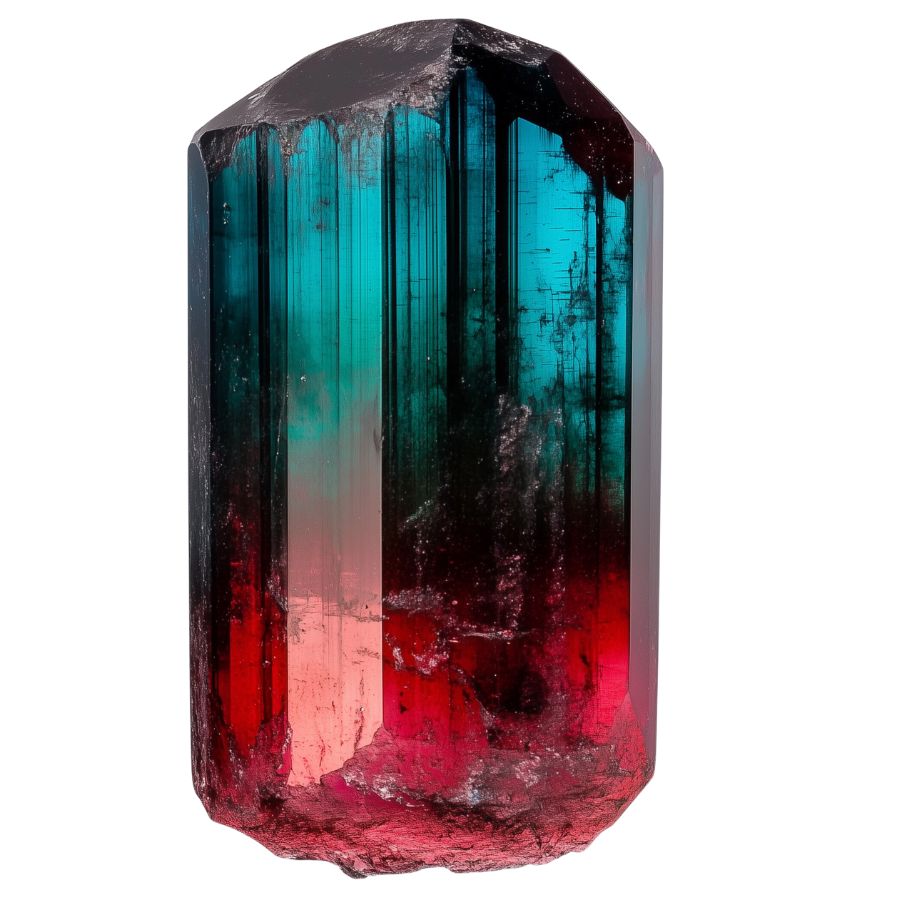
Elbaite is found in pink, red, green, blue, yellow, and even colorless forms. What makes elbaite special is its ability to show multiple colors in a single crystal, like the famous “watermelon” tourmaline with pink and green hues.
This gem stands out due to its complex chemical makeup, which includes lithium, sodium, and aluminum. This composition gives Elbaite its diverse color range and dichroism, allowing it to display different colors when viewed from different angles.
Elbaite has a unique place in history as the first tourmaline variety in which lithium was discovered back in 1818. Some rare types, like the neon blue Paraiba elbaite, are highly sought after by collectors and jewelers.
Schorl
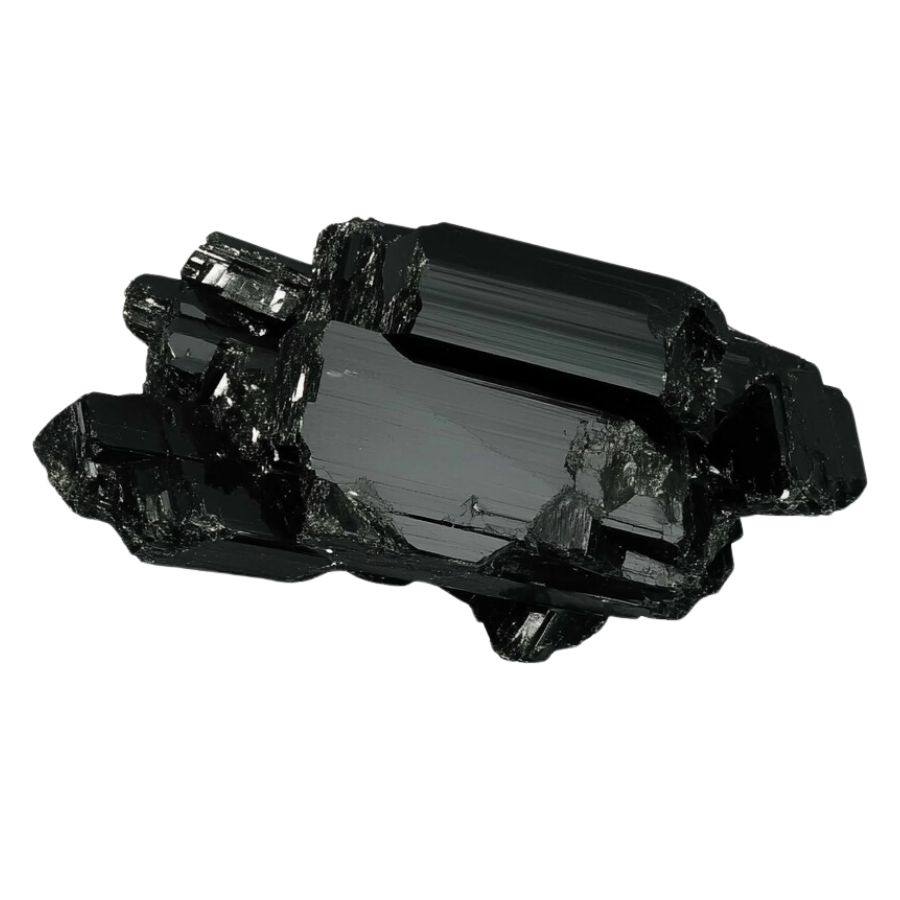
Schorl is known for its deep, rich color. It typically forms long, prismatic crystals with a shiny, glass-like surface when polished. Unlike other tourmalines, schorl gets its distinctive black color from high iron concentrations.
One of Schorl’s most fascinating features is its ability to become electrically charged through heating or rubbing. When charged, it can attract or repel small particles.
This unique electrical property makes Schorl valuable in various industries. It’s used in electronics and manufacturing to control static electricity and electromagnetic interference.
Despite being less colorful than other tourmalines, schorl’s practical applications make it an important and interesting variety.
Rubellite
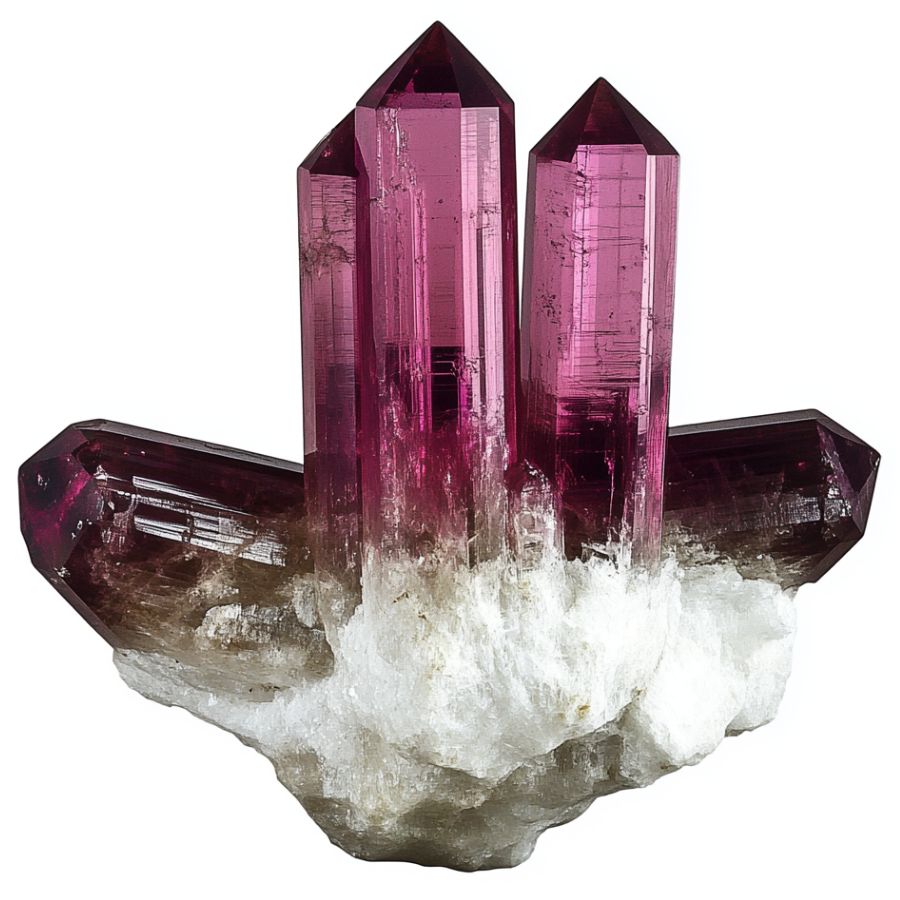
Rubellite stands out with its vibrant pink to red colors. The most prized ones show a pure, saturated red without any brown or orange hints. This beautiful color comes from manganese in its makeup.
One cool thing about rubellite is its double refraction. It can look like it has two different colors when you view it from different angles.
Dravite
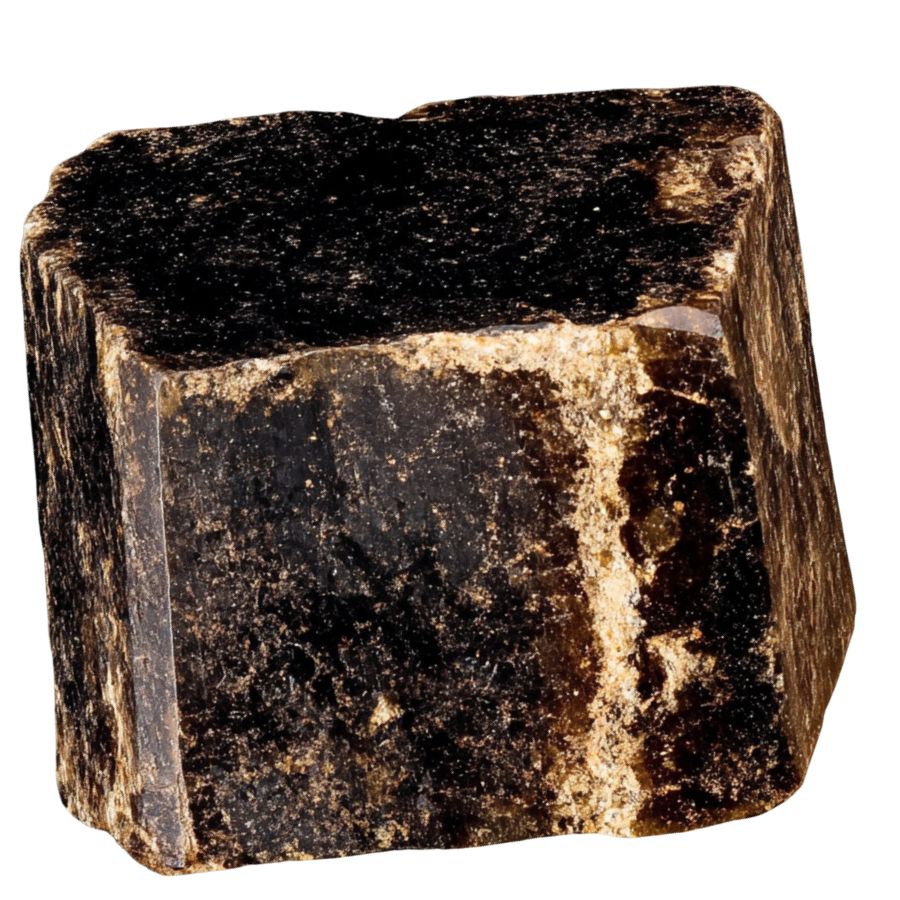
Dravite, or Brown Tourmaline, comes in shades from dark brown to light brown-yellow. It can look a bit like Smoky Quartz, with a semi-see-through quality.
Its crystals are often needle-like or prismatic, with points at both ends. This sets it apart from other tourmalines like the darker schorl or the colorful elbaite.
What makes dravite special is its rich sodium and magnesium content. This sets it apart from other tourmalines. It was first discovered in 1883 and named after the Drava River in Slovenia.
Indicolite
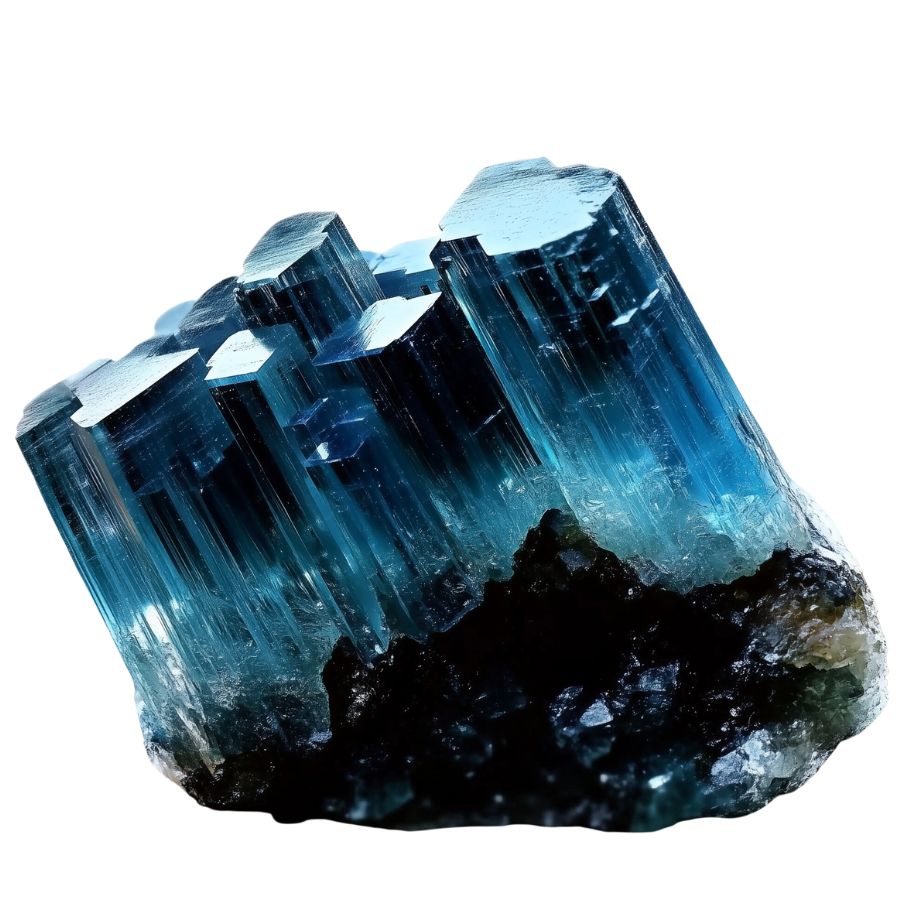
Indicolite is a rare and captivating blue to blue-green stone. It’s prized for its pure, bright blue color, which is considered the rarest within the tourmaline family. The hues can range from light blue-green to deep, rich blue, often with high clarity.
What sets Indicolite apart is its unique optical effects. It shows pleochroism, appearing to change color when viewed from different angles. Some specimens also display chatoyancy, creating a “cat’s eye” effect when cut in a certain way.
Indicolite is sometimes called “Brazilian sapphire” due to its resemblance to the precious gem. However, they’re different minerals.
The increasing demand for blue tourmalines has made indicolite highly sought-after in the gemstone market, appreciated for its beauty and rarity.
Watermelon Tourmaline
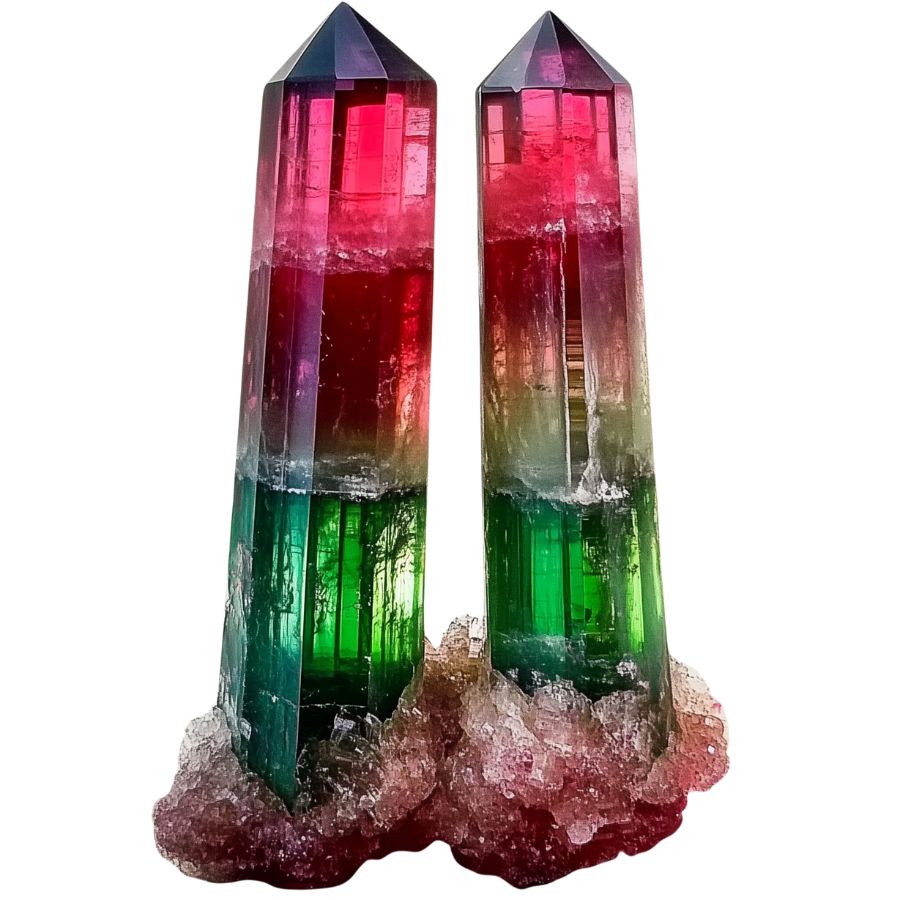
Watermelon tourmaline is truly one-of-a-kind. It looks just like a slice of watermelon, with a pink or red center and a green outer layer. This unique look happens because different elements join the crystal at different times as it grows.
These crystals often form in a rounded triangle shape. They’re see-through to somewhat clear and have a glass-like shine. When cut into slices, they really do look like little watermelons!
Cat’s Eye Tourmaline
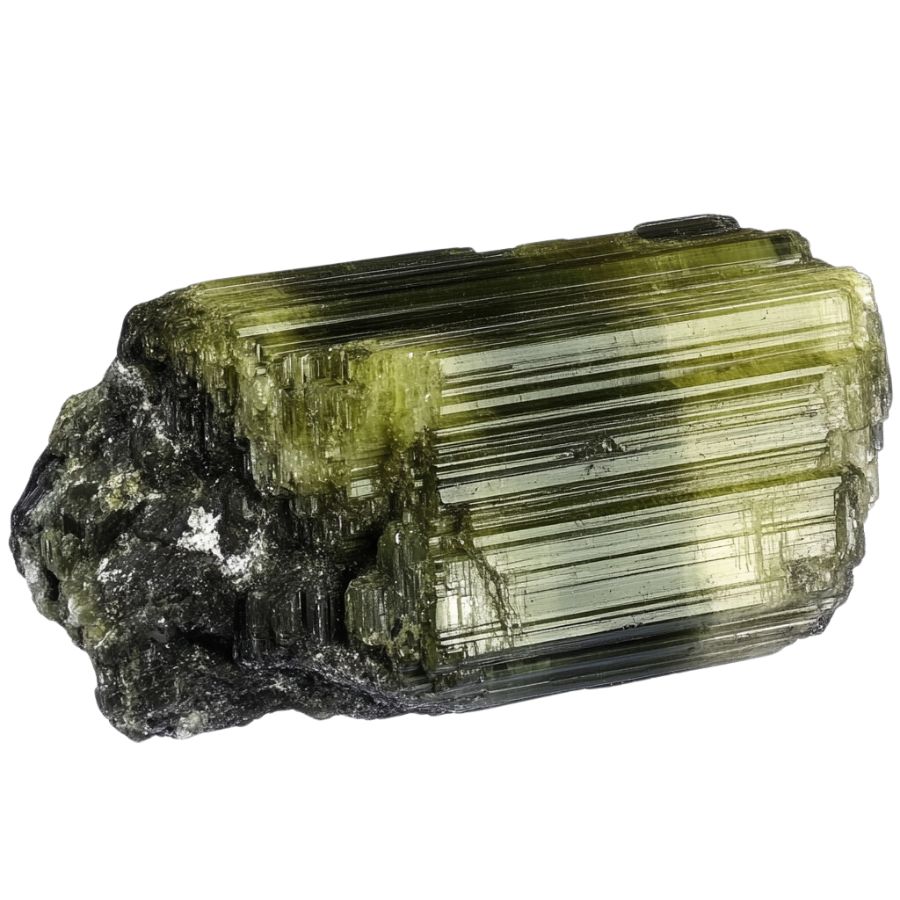
Cat’s eye tourmaline is known for its mesmerizing chatoyancy effect. This creates a bright band across the stone’s surface, resembling a cat’s eye.
This stone comes in various colors, from green to pink to brown, and is usually semi-translucent to opaque.
What makes this stone special is the perfect alignment of tiny, needle-like inclusions inside it. These scatter light in a unique way, creating that eye-catching effect. It’s quite different from other tourmalines that don’t have this feature.
Unlike other cat’s eye stones, Tourmaline offers a wider range of colors and is often more affordable.
Achroite
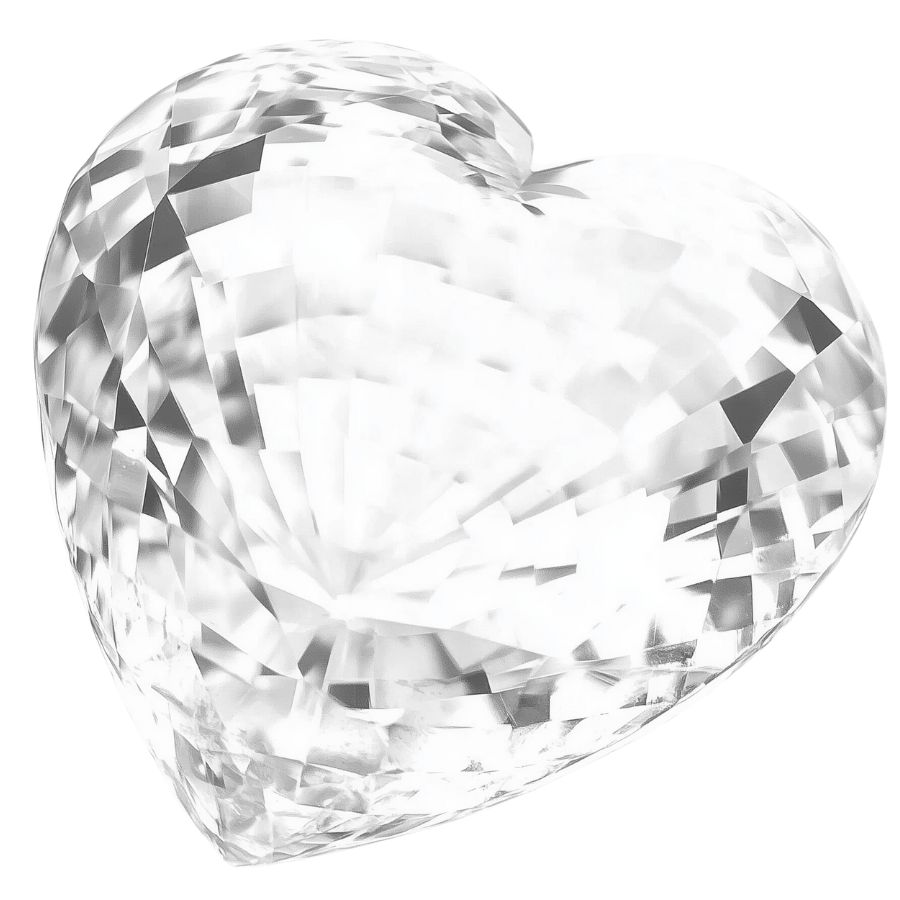
Achroite is a rare, colorless variety of tourmaline that looks like a drop of clear water turned to stone. It’s completely transparent, making it unique among tourmalines which usually have color. The name comes from Greek, meaning “without color.”
What’s special about achroite is that it doesn’t change color when viewed from different angles. It means the stone can be cut in many ways without losing its clarity.
Verdelite
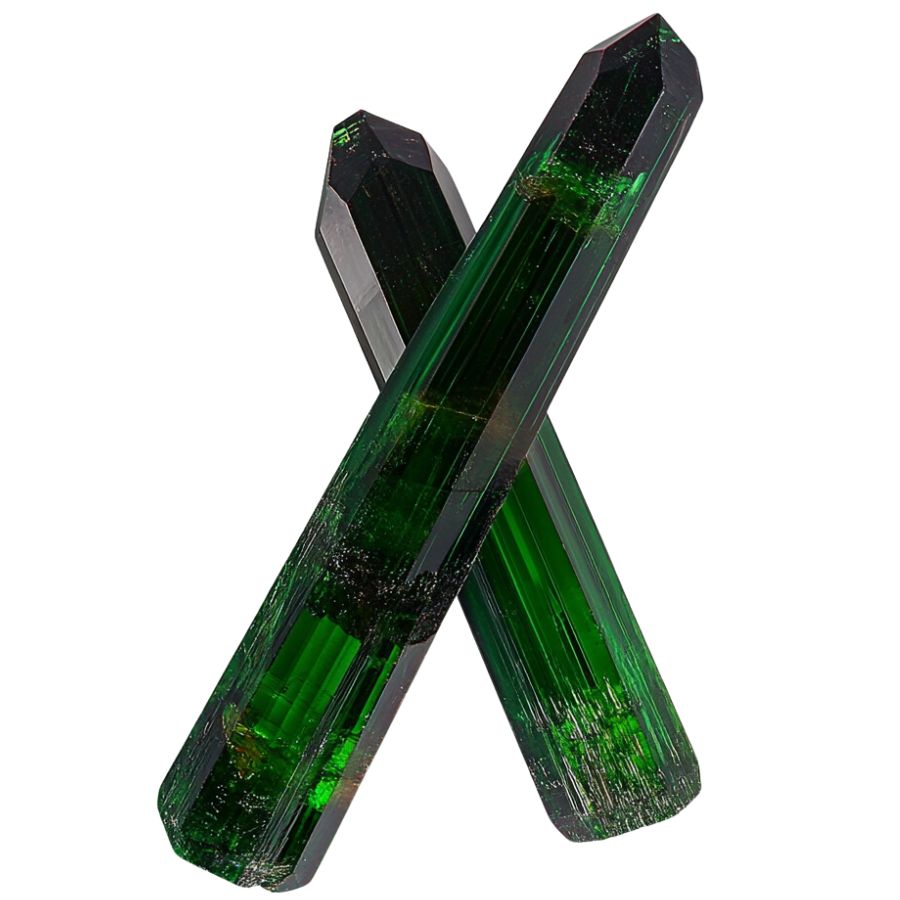
Verdelite is known for its beautiful green color. It can range from light green to deep emerald.
One thing that makes verdelite special is that you can find big, clear crystals of it. This isn’t always easy with other gemstones.
People love using verdelite in jewelry because its rich color and interesting light effects make it a popular choice for all kinds of accessories. Each piece of verdelite is like a little piece of nature you can wear.
Paraíba Tourmaline
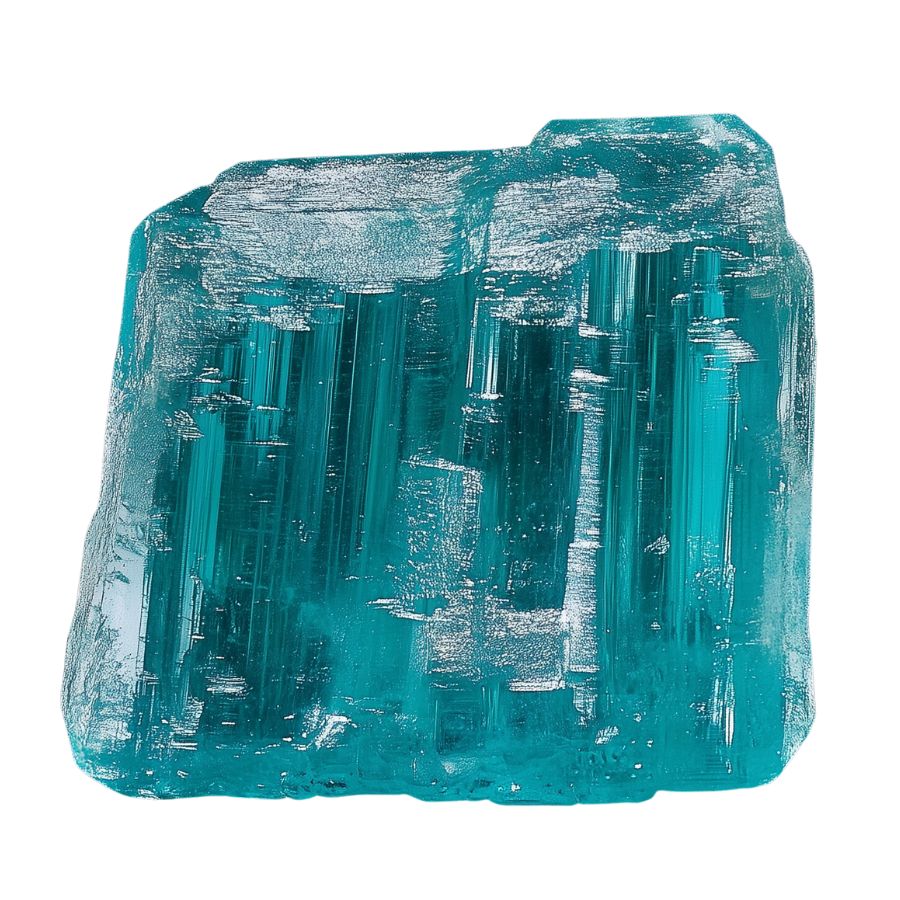
Paraíba Tourmaline is a rare gemstone that catches the eye with its vibrant neon blue or green color. It’s like no other tourmaline you’ve seen before. The intense glow comes from copper in the stone, making it stand out from its cousins.
This stone is one of the rarest. For every 10,000 diamonds mined, only one Paraíba tourmaline is found.
It was only discovered in the late 1980s, making it a newcomer in the gem world. But Paraíba tourmaline’s unique color and rarity quickly made it a favorite among gem lovers.
Its discovery caused quite a stir in the gem community. Even small stones can be valuable because of how rare and beautiful they are.
What Rough Tourmaline Looks Like
When you’re out looking for rough Tourmaline on your own it’s important to know what you’re looking for. But before we dive into specifically what to look for you need to make sure you understand the type of rocks and minerals you’re seeing.
If you want REAL results finding incredible rocks and minerals you need one of these 👇👇👇
Finding the coolest rocks in isn’t luck, it's knowing what to look for. Thousands of your fellow rock hunters are already carrying Rock Chasing field guides. Maybe it's time you joined the community.
Lightweight, mud-proof, and packed with clear photos, it’s become the go-to tool for anyone interested discovering what’s hidden under our red dirt and what they've already found.
Join them, and make your next rockhounding trip actually pay off.
What makes it different:
- 📍 Find and identify 140 incredible crystals, rocks, gemstones, minerals, and geodes across the USA
- 🚙 Field-tested across America's rivers, ranchlands, mountains, and roadcuts
- 📘 Heavy duty laminated pages resist dust, sweat, and water
- 🧠 Zero fluff — just clear visuals and straight-to-the-point info
- ⭐ Rated 4.8★ by real collectors who actually use it in the field
Here are some tips to help you recognize rough tourmaline.
Look for Color Variations
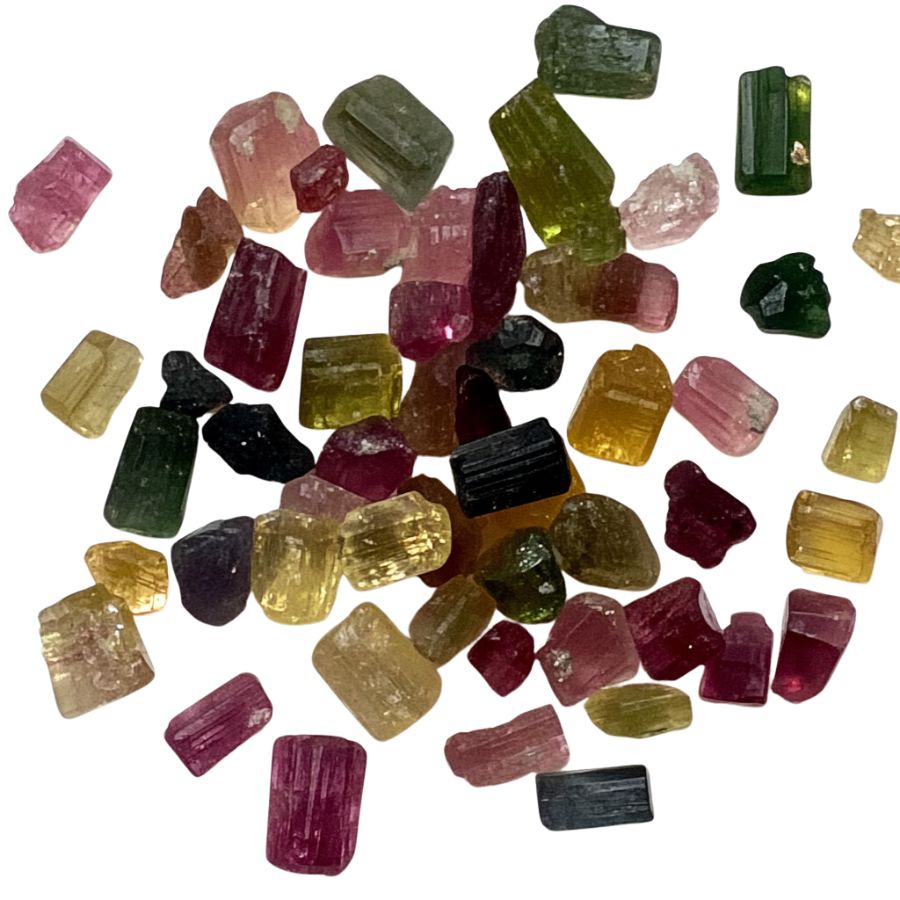
Tourmaline comes in many colors, like pink, green, blue, and even black. Some pieces have multiple colors, like watermelon tourmaline, which is pink and green.
If you see these color mixes, it’s likely tourmaline. Keep an eye out for vibrant shades.
Assess the Density and Weight
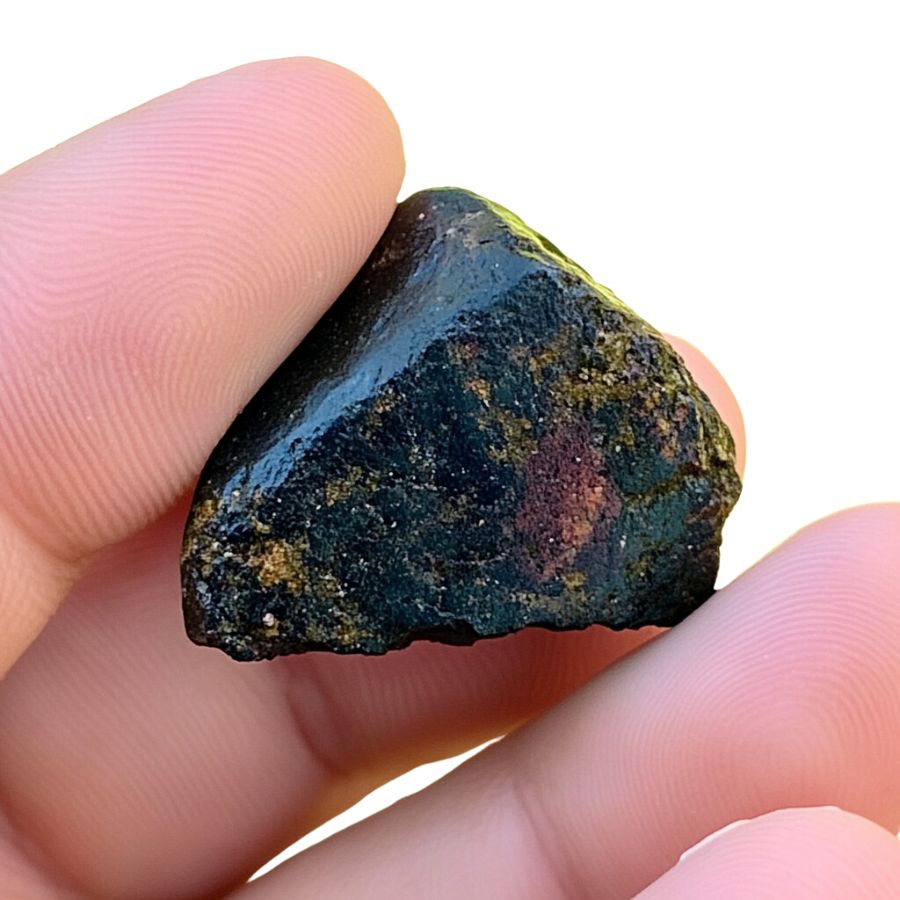
Rough tourmaline is relatively heavy for its size. If you pick up a piece and it feels denser than expected, it could be tourmaline. This weight can help you confirm your find.
Examine the Crystal Structure
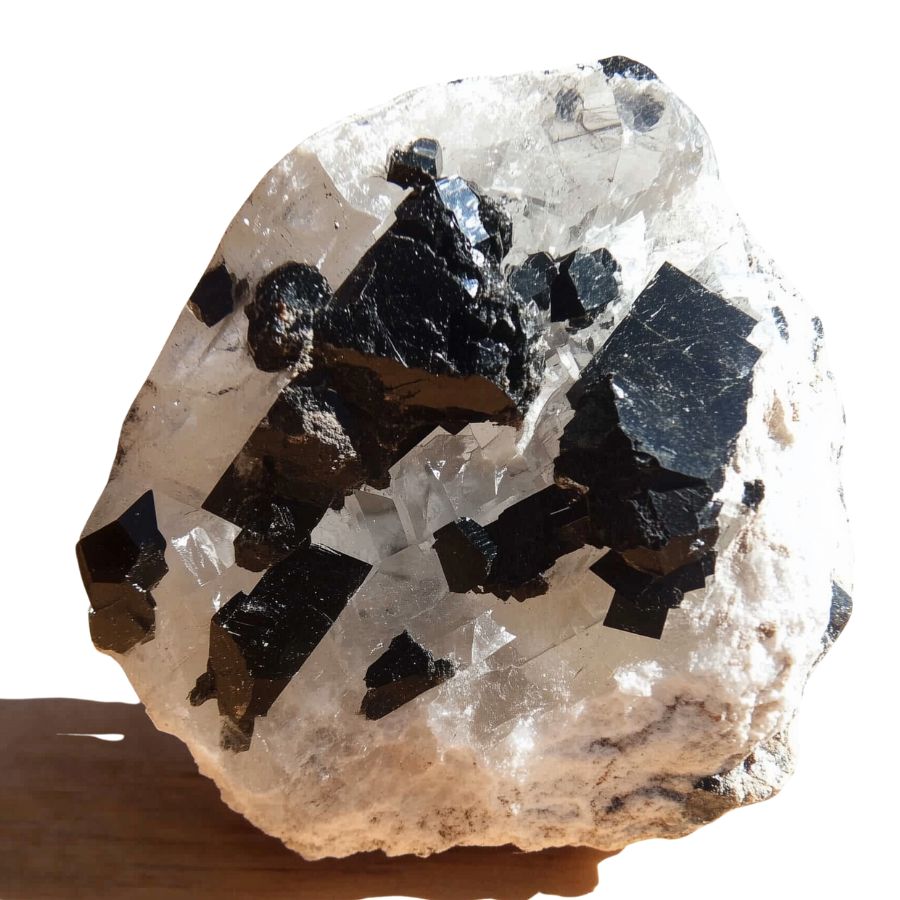
Tourmaline features distinctive crystal shapes, ranging from slender and elongated to chunky forms. Look for triangular cross-sections and striations on the surface, which indicate its unique growth patterns.
Check for Transparency
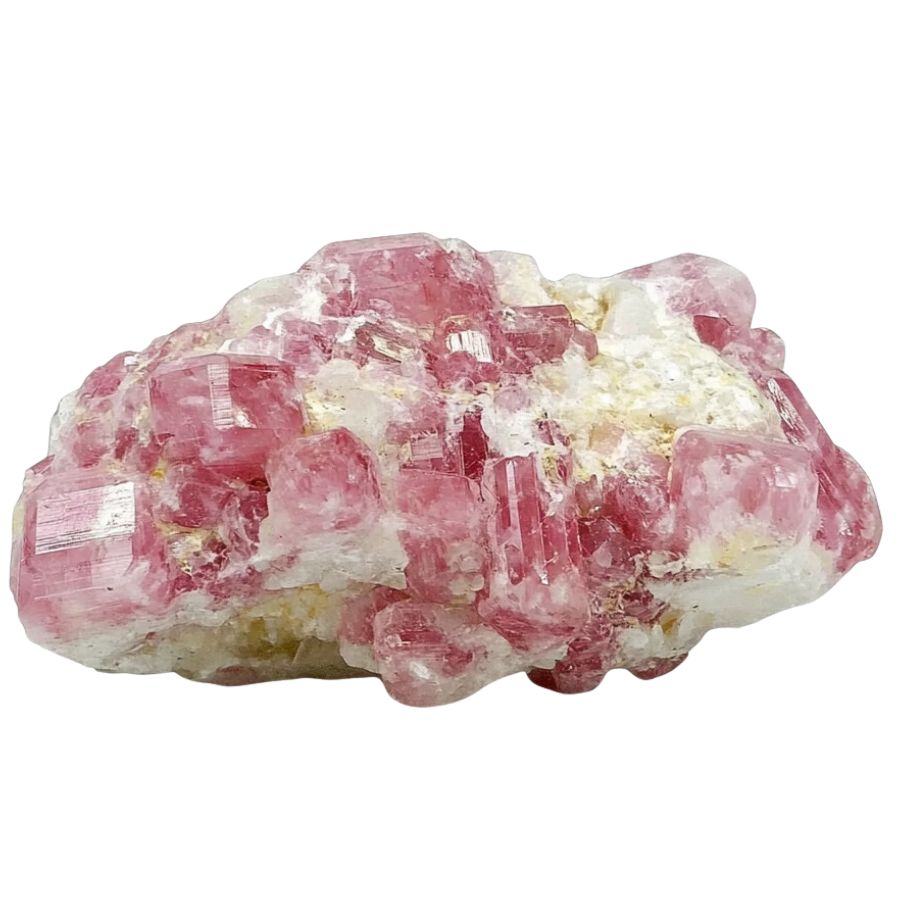
Some rough tourmaline can be slightly transparent. If you hold it up to the light, you might see through it a bit. This transparency can be a good sign that you have tourmaline.
A Quick Request About Collecting
Always Confirm Access and Collection Rules!
Before heading out to any of the locations on our list you need to confirm access requirements and collection rules for both public and private locations directly with the location. We haven’t personally verified every location and the access requirements and collection rules often change without notice.
Many of the locations we mention will not allow collecting but are still great places for those who love to find beautiful rocks and minerals in the wild without keeping them. We also can’t guarantee you will find anything in these locations since they are constantly changing.
Always get updated information directly from the source ahead of time to ensure responsible rockhounding. If you want even more current options it’s always a good idea to contact local rock and mineral clubs and groups
Tips on where to look
Once you get to the places we have listed below there are some things you should keep in mind when you’re searching:
Look for Sedimentary Rocks
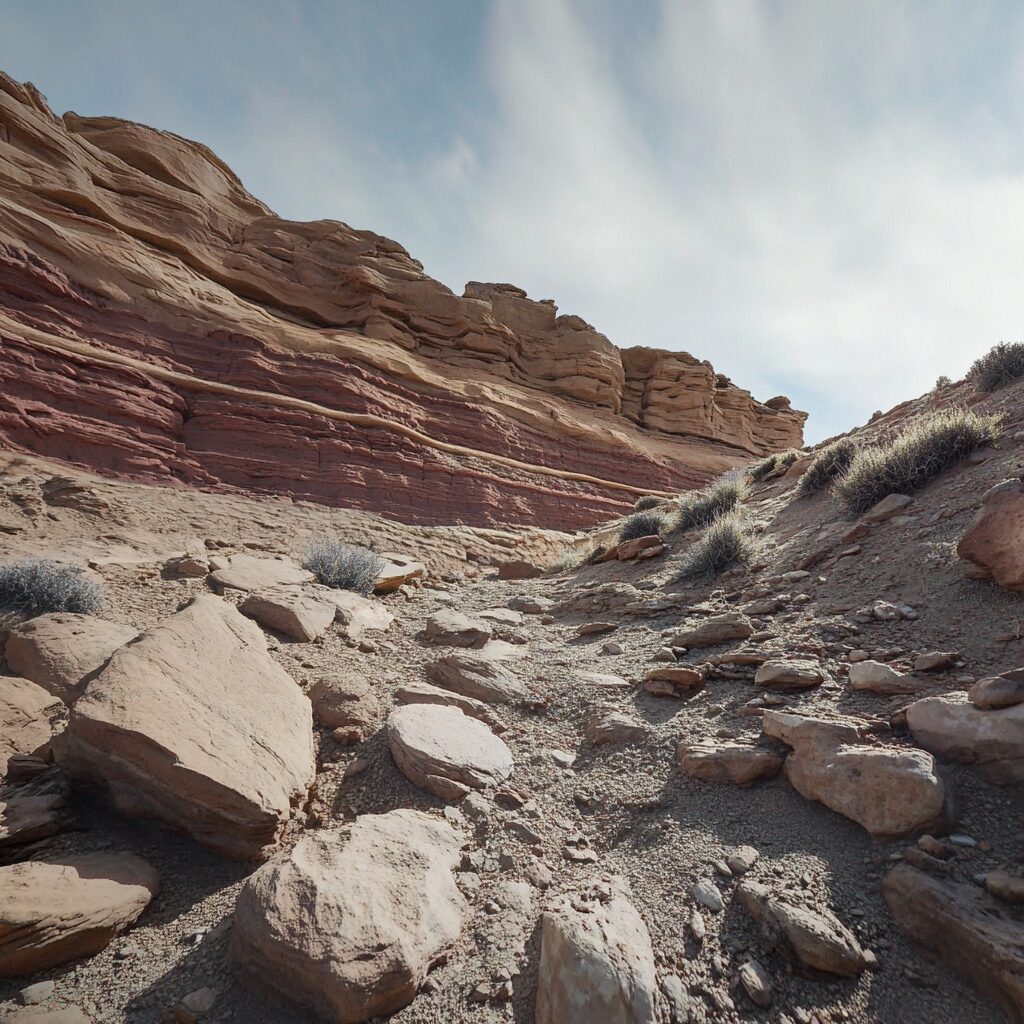
Sedimentary rocks are great places to find tourmaline. These rocks form from layers of sand, mud, and minerals. Over time, minerals like tourmaline can get trapped.
Look in riverbeds or areas where sediment has built up. You might find small pieces or even larger crystals.
Explore Mines
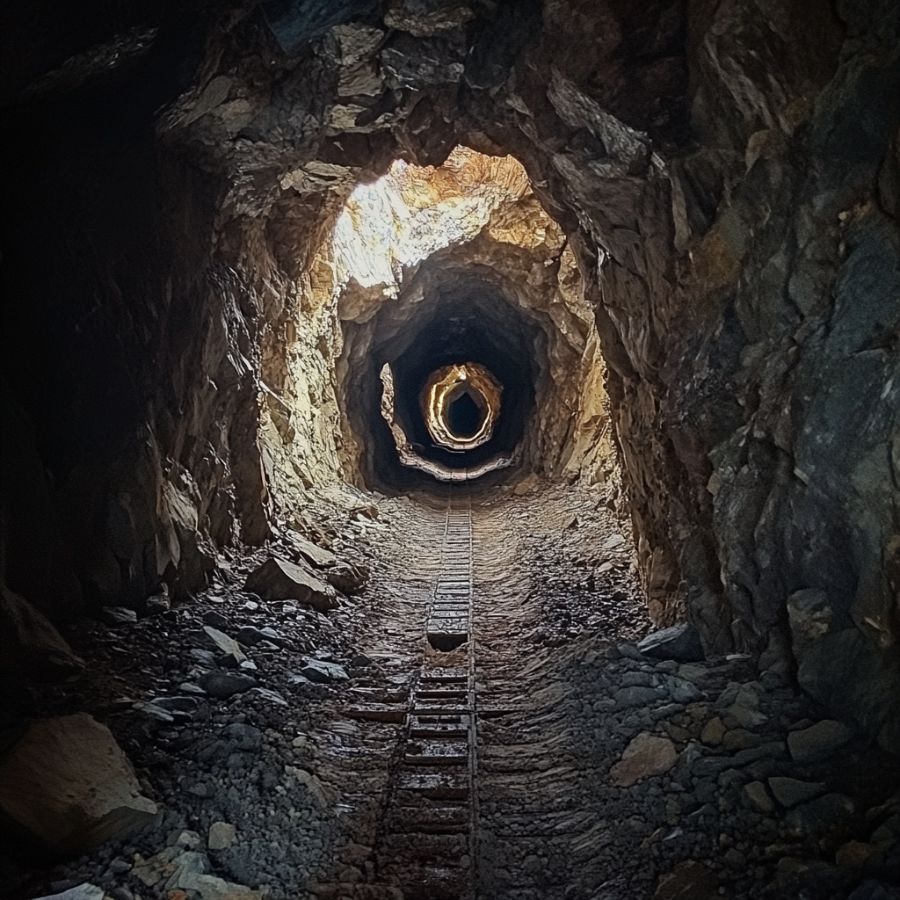
Mines are great spots to find tourmaline. Many mines across the U.S. extract various gemstones, including tourmaline.
Some mines even allow visitors to search for gems themselves. Always check if they have guided tours or special digging days.
Search in Gravel Pits

Gravel pits are often overlooked, but they can be treasure troves. These pits dig deep into the earth, exposing layers of rock.
Tourmaline can be found in the gravel. Just sift through the material carefully.
The types of Tourmaline can you find around the state
New York is home to several types of tourmaline including veredelite, brown tourmaline, achroite, and yellow tourmaline.
Brown tourmaline, also known as dravite, is one of the more common varieties found in the state. It ranges from light to dark brown in color.
Yellow tourmaline, though less common, can also be discovered in some areas of New York. This sunny-hued variety adds a bright touch to the state’s mineral collection.
Verdelite, which is the green variety of tourmaline, is another type that can be found in New York. Its color can range from pale to deep green, making it a popular choice for jewelry.
Lastly, achroite, a rare colorless or very pale tourmaline, has been reported in some New York localities. While not as well-known as its more colorful cousins, achroite is prized by collectors for its unique lack of color.
Some Great Places To Start
Tourmaline enthusiasts in New York have several promising locations to explore. Some of the prime spots for finding this gemstone include:
Always Confirm Access and Collection Rules!
Before heading out to any of the locations on our list you need to confirm access requirements and collection rules for both public and private locations directly with the location. We haven’t personally verified every location and the access requirements and collection rules often change without notice.
Many of the locations we mention will not allow collecting but are still great places for those who love to find beautiful rocks and minerals in the wild without keeping them. We also can’t guarantee you will find anything in these locations since they are constantly changing.
Always get updated information directly from the source ahead of time to ensure responsible rockhounding. If you want even more current options it’s always a good idea to contact local rock and mineral clubs and groups
Town Quarry
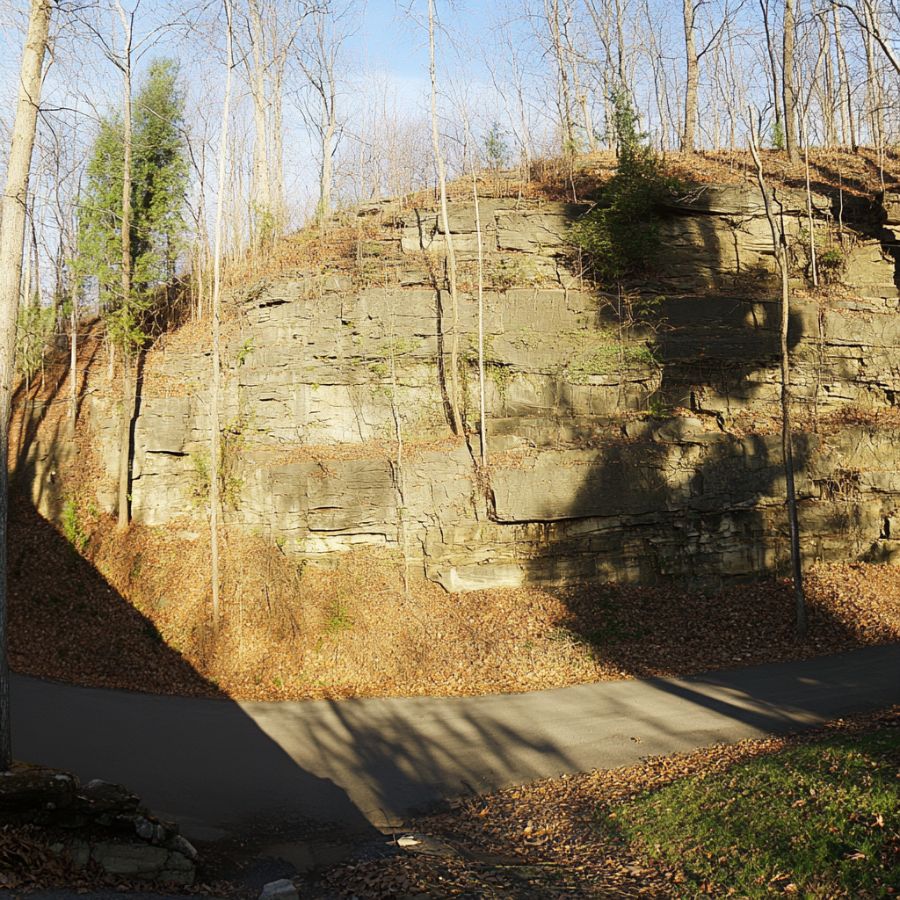
Nestled in the Adirondack Mountains of northeastern New York, Town Quarry boasts a rich mineralogical diversity that sets it apart from other locations. Tourmaline, a prized find, can be discovered here among a fascinating array of minerals.
The quarry’s geological makeup tells a story of complex formations. Augite, biotite, and ferro-hornblende are just a few of the minerals that call this place home. These companions to tourmaline hint at the area’s intriguing past.
Explorers can sift through gravels and search along creek beds within the quarry to uncover tourmaline specimens. The weathered quarry walls often reveal hidden treasures.
As you hunt, keep an eye out for glimmers of pyrite and chalcopyrite, adding a golden touch to your search.
Cascade Slide
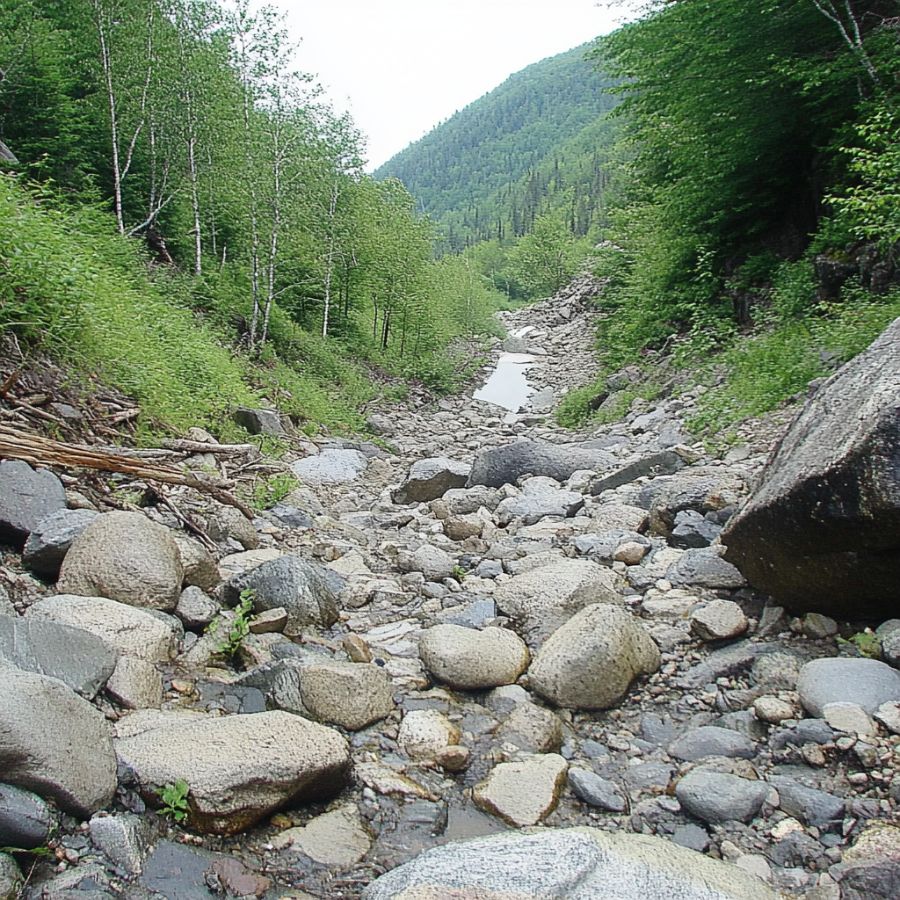
Nestled in the heart of the Adirondack High Peaks, Cascade Slide on Cascade Mountain offers a unique rockhounding experience. This geological gem was created by a landslide that exposed a wide stretch of bedrock.
The slide’s exposed rock face is a treasure trove for mineral enthusiasts, with tourmaline being one of its prized finds.
What makes Cascade Slide special is its diverse mineral composition. Along with tourmaline, you might stumble upon diopside, garnet, and calcite.
The best spots to search are at the base of the falls and in the stream beds. As you explore, you’ll be surrounded by the breathtaking beauty of the Adirondacks.
Interestingly, Cascade Mountain is also known for its popularity among hikers, offering stunning views of the surrounding peaks.
So, while you’re hunting for tourmaline, you might bump into outdoor enthusiasts tackling one of the most accessible Adirondack High Peaks.
Snell Pegmatite Prospects
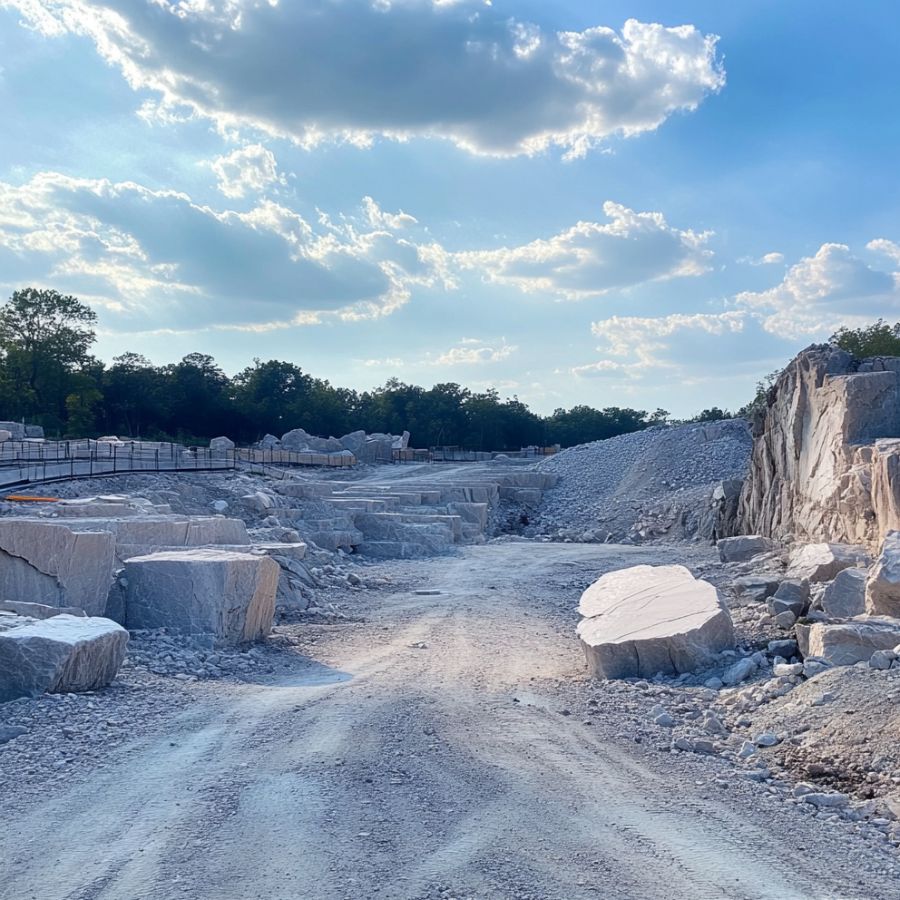
The Snell Pegmatite Prospects is known for its pristine wilderness, which hides geological wonders dating back over a billion years. The pegmatite formations here are part of the ancient Grenville metamorphic rocks, creating an ideal setting for tourmaline crystals.
Rockhounds can explore the exposed pegmatite veins and pockets, where tourmaline often nestles alongside other rare minerals. The area’s creeks might also yield colorful tourmaline fragments, washed down from higher elevations.
While hunting, keep an eye out for the famous Adirondack black tourmaline, known for its deep, lustrous appearance.
Rocky Hill
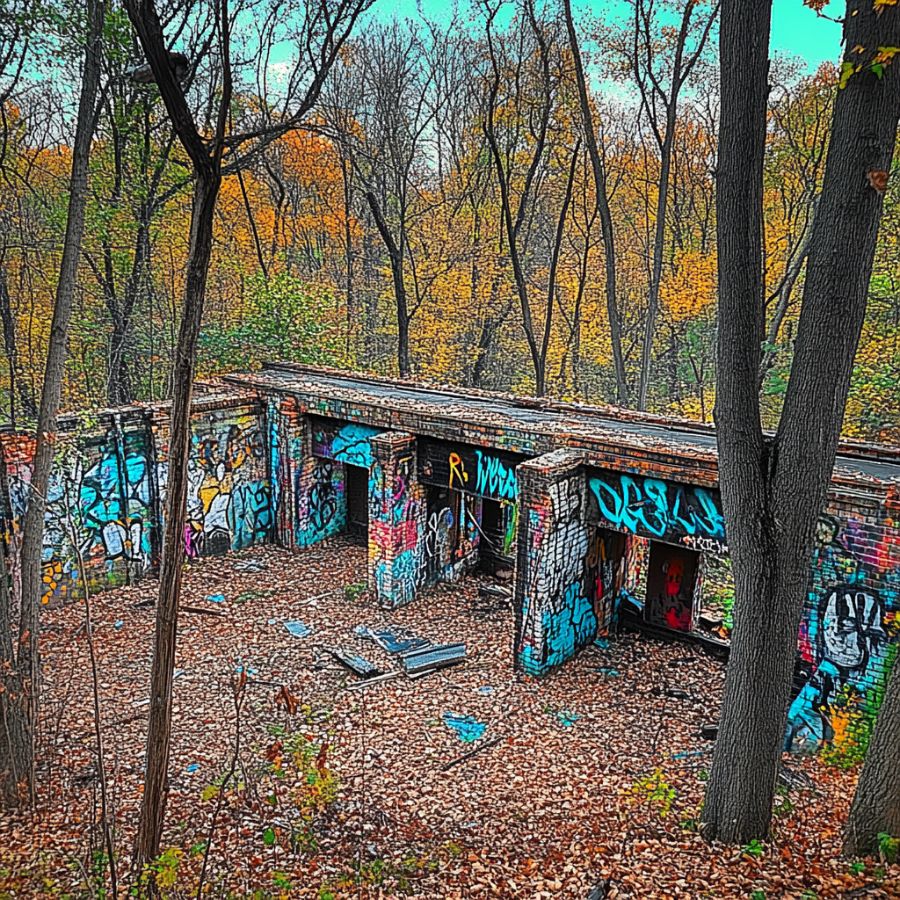
Rocky Hill is a small community near Greenwood Lake. The area’s diverse rock formations, shaped by ancient glacial activity, create an ideal environment for tourmaline formation.
Tourmaline often shows up in the local gravels and creek beds. Rockhounds have the best luck searching along the banks of small streams that cut through the hilly terrain.
The surrounding woodlands and rocky outcrops also offer promising hunting grounds. Keep an eye out for black tourmaline, the most common variety found here.
Local rockhounds have reported success in the gravelly areas near the base of hills, where weathering has broken down larger deposits.
Hailesbro Area
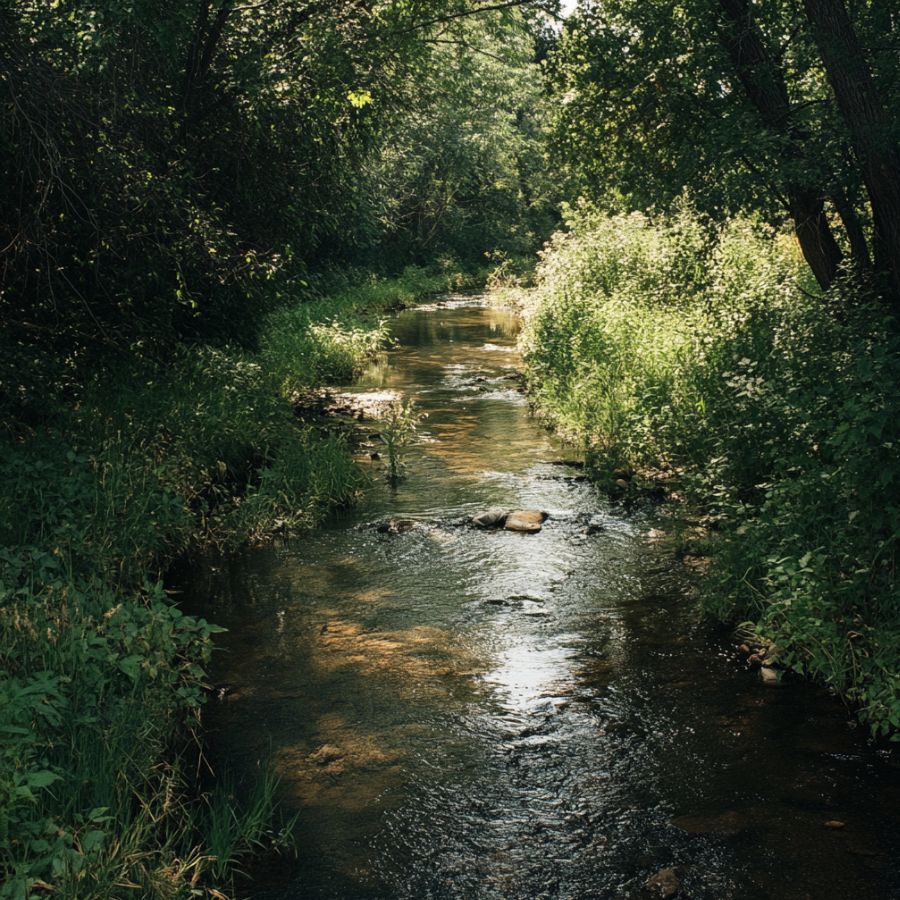
Nestled on the west side of the Oswegatchie River in St. Lawrence County, the Hailesbro Area is a hidden gem for tourmaline enthusiasts. This northern hamlet, close to the Canadian border, offers a unique rockhounding experience.
The area’s geological makeup, shaped by ancient glacial activity and river erosion, creates ideal conditions for gemstone formation. Tourmaline seekers can explore the river banks and nearby gravel beds, where these colorful crystals often hide.
The Oswegatchie River, known for its scenic beauty, not only attracts fishermen but also rockhounds searching for treasures in its waters. The region’s metamorphic rocks and pegmatites contribute to the diverse mineral deposits found here.
Places Tourmaline has been found by county
We’ve already covered our top choices, but now we’d like to address the other locations on our list. Here’s a compilation of the additional places where we’ve had success, categorized by county.
| County | Location |
| Essex | Lake Harris area outcrops in New Comb |
| Essex | Crown Point Center |
| Essex | Crown Point Spar Company Quarry in Breeds Hill |
| Essex | Welch farm prospect in Moriah Township |
| Essex | Mason prospect in Ticonderoga Township |
| Essex | Barrett Quarry |
| Essex | Lead Hill Mines |
| Lewis | Moose River occurrence |
| New York | 164th Street & Broadway |
| New York | 165th Street & Riverside Drive |
| New York | 218th Street & Broadway |
| New York | 93rd Street & Riverside Drive |
| New York | Harlem Ship Canal |
| New York | Fort George (192nd Street & Audubon Avenue) |
| Bronx | gravel pits in Eastchester Area |
| Orange | Edenville Area |
| Orange | shore of Sterling Lake |
| Orange | Warwick Area |
| Teton | Draws, flats, and canyon gravels in the West Point Area |
| Putnam | Brewster Area |
| Putnam | Cold Spring |
| Putnam | Tilly Foster Iron Mine |
| Rockland | Piermont Area |
| Saratoga | creeks and gravel pits of Day town |
| St. Lawrence | St. Joe Resources Company drillhole 1872 |
| St. Lawrence | Andrew Murtey farm |
| St. Lawrence | The Balmat-Edwards Zinc deposit |
| St. Lawrence | De Kalb Area |
| St. Lawrence | De Kalb Junction Area |
| St. Lawrence | Route 11 roadcut in Richville |
| St. Lawrence | Richville Area at Reese Farm |
| St. Lawrence | Hall farm |
| St. Lawrence | Rylestone Marble Quarry |
| St. Lawrence | Downing farm |
| St. Lawrence | Power tourmaline Diggings |
| St. Lawrence | Power’s Farm |
| St. Lawrence | Hermon Area at Mitchell Farm |
| St. Lawrence | Talcville Area |
| St. Lawrence | West Pierrepont Area |
| St. Lawrence | Selleck Road locality |
| Suffolk | Orient Point |
| Warren | Brant Lake in Horicon Area |
| Warren | Warrensburg Area |
| Westchester | Warrensburg Area |
| Westchester | Bedford Area |
| Westchester | Harrison Area |
| Westchester | Hobby Quarry |
| Westchester | Briarcliff Manor |
| Westchester | roadcuts of Peekskill Area |
| Westchester | creeks and gravels of Rye Area |
| Westchester | Yonkers Area |

